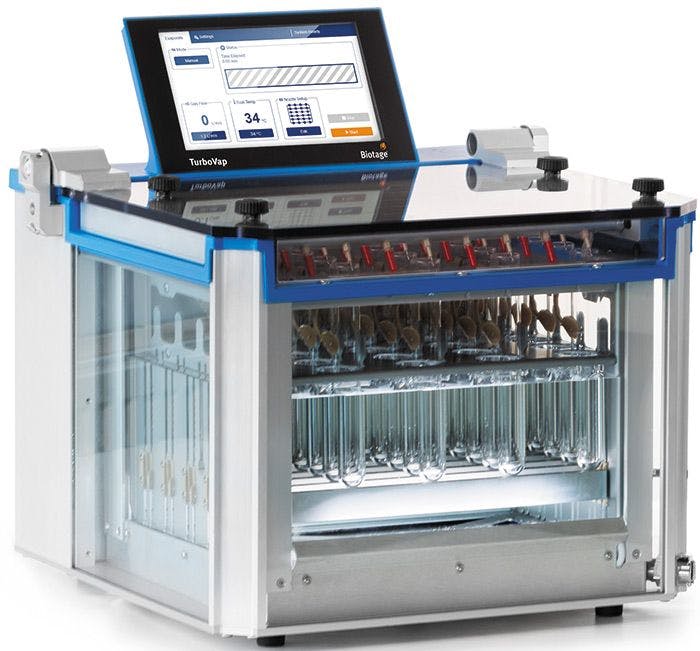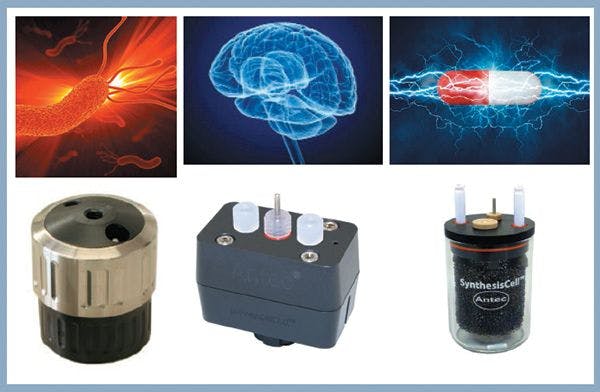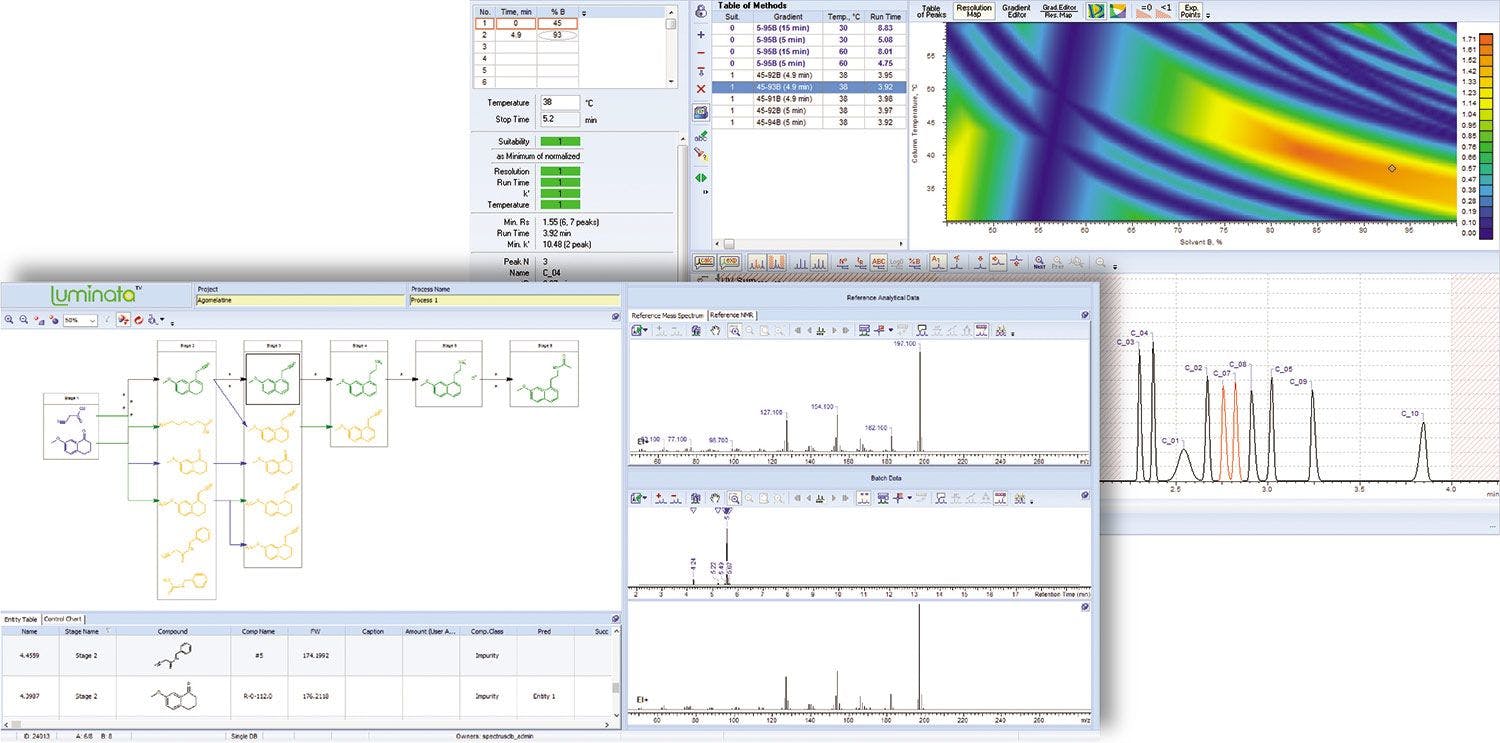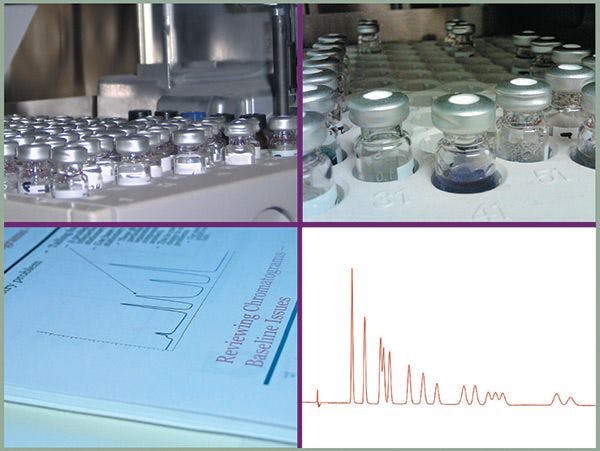Determination of Chloramphenicol in Honey with Automated Solid-Phase Extraction and HPLC–MS/MS Detection
Special Issues
A sensitive determination method with automated solid-phase extraction is presented and the recovery rates are compared with manual extraction. The automated extraction was developed with the SPE robot FREESTYLE™ SPE module (LCTech GmbH). According to the European Regulation (EC) No 470/2009 CHROMABOND® HLB was applied for solid-phase extraction (1). An HPLC–MS/MS method with the biphenyl phase NUCLEODUR® π2 was used for the subsequent analysis.
Chloramphenicol is a broad-spectrum antibiotic against Gram-positive and Gram-negative bacteria. It has many side effects. Thus, it is only used nowadays as reserve antibiotic (2). For warranty of the food safety, many countries declare limits for pharmaceuticals in animal products. The necessary determination methods demand a high-performance solid-phase extraction to reliably detect and quantify residues in trace level with the subsequent analysis.
Automated Solid-Phase Extraction (3)
Sample pretreatment: Weigh out 5 g of honey. Add 4 mL water and shake rigorously for 30 s. Spike with 1 mL standard solution (chloramphenicol, chloramphenicol-d5 , c = 5 ng/mL in methanol) and shake rigorously for 30 s. Add 15 mL ethyl acetate and shake rigorously for 30 s. Centrifuge at 3000 rpm for 10 min. Take 12 mL of supernantant and evaporate extracts to dryness at 40 °C under a stream of nitrogen. Redissolve residue in 10 mL water.
Extraction:
SPE robot: FREESTYLE™ SPE module, LCTech
SPE column: CHROMABOND® HLB, 3 mL, 200 mg, MACHEREY-NAGEL REF 730924
Column conditioning: 3 mL methanol (dispensing speed 1 mL/min), then 5 mL dest. water (dispensing speed 1 mL/min)
Sample application: 9 mL pretreated sample (dispensing speed 3 mL/min over sample loop)
Washing: 10 mL dest. water (dispensing speed 3 mL/min)
Drying: 100 mL air (dispensing speed 100 mL/min)
Elution: 5 mL ethyl acetate – methanol (80:20, v/v)
Drying: 100 mL air (dispensing speed 100 mL/min)
Evaporation: under nitrogen, 40 °C
Reconstitution: in 1 mL dest. water – acetonitrile (95:5, v/v)
Manual Solid-Phase Extraction
After identical sample pretreatment as for automated solid-phase extraction the sample was manually extracted by a vacuum manifold under comparable SPE conditions.
Subsequent Analysis: HPLC–MS/MS (4)
HPLC column: EC 150/2 NUCLEODUR® π2, 5 µm, MACHEREY-NAGEL REF 760624.20
Eluent A: dest. water
Eluent B: acetonitrile
Gradient: 5–95% B in 7.5 min, 95% B for 1 min, 95–5% B in 1 min, 5% B for 5 min
Flow rate: 0.30 mL/min
Temperature: 35 °C
Injection volume: 5 µL
MS/MS detection: API 5500 (AB Sciex), ion source ESI, negative ionization mode, scan type MRM (chloramphenicol: [M-H]- 320.9, 152.0 (Q1), 256.0 (Q2); chloramphenicol-d5: [M-H]- 325.9, 156.6 (Q1), 261.8 (Q2)), curtain gas 35 psig, ion spray voltage -4500 V, temperature 450 °C, nebulizer gas 45 psig, turbo gas 45 psig, CAD medium

Results
Solid-phase extraction of chloramphenicol from the matrix honey with CHROMABOND® HLB results in an outstanding recovery. The recovery rates presented in Table I show that higher recovery rates up to 90% with very good reproducibility (< 5%) are received by automation with the SPE robot FREESTYLE™ SPE module. A correction with an internal standard is especially advantageous for the manual sample preparation. Figure 1 shows the chromatogram of a sample extract from spiked honey. A definite identification and quantification is possible due to a clear separation of matrix interferences from the analyte peak.
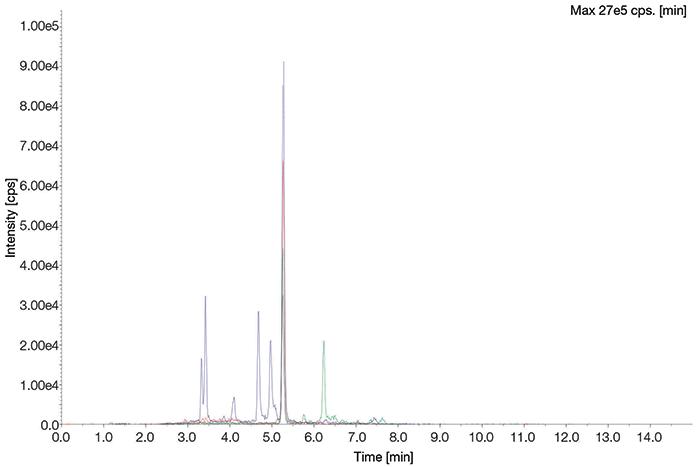
Figure 1: Chromatogram of spiked honey sample (1 µg/kg).
The liquid chromatographic method could be accelerated by using a shorter HPLC column due to good retention of chloramphenicol by the additional π-π-interactions of NUCLEODUR® π2.
Conclusion
A determination method for chloramphenicol in honey has been developed, which receives very good results-especially by the automation of solid-phase extraction.
References
(1) Regulation (EC) No 470/2009 of the European Parliament and of the Council.
(2) Side-effects of Chloramphenicol and Aureomycin, Br Med J., 384–2, 388–392 (1951).
(3) Application No. 306350, Macherey-Nagel, available from www.mn-net.com/apps
(4) Application No. 128140, Macherey-Nagel, available from www.mn-net.com/apps

MACHEREY-NAGEL GMBH & CO. KG
Neumann-Neander-Str. 6–8, 52355 Düren, Germany
Tel. +49-(0)2421-969-0
Website: www.mn-net.com












